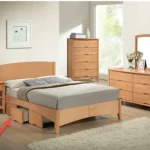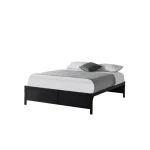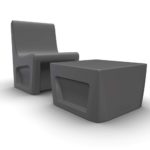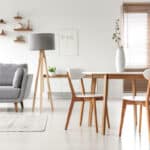A Guide to Replace Your Old Cushions for Your Behavioral Healthcare Facility

When it comes to behavioral healthcare facilities, every detail of the environment can profoundly impact patient recovery and general well-being. Among these, seating, such as couches and outdoor benches, plays a critical role. Not only does it affect the aesthetic appeal of the facility, but it also ensures the comfort and safety of patients.
Cushions, in particular, require regular updates and replacements to maintain these standards effectively. This guide will delve into the necessity of replacing cushions specifically tailored for outdoor and everyday area use in healthcare facilities, emphasizing how such updates can enhance these spaces' therapeutic ambiance and functionality.
Understanding the Significance of Cushions in Behavioral Healthcare Settings
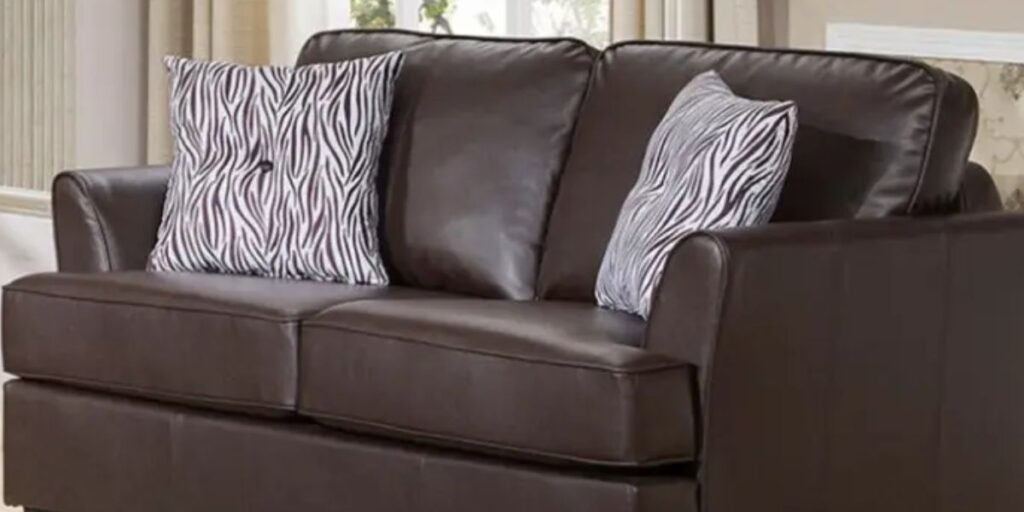
Cushions in behavioral healthcare settings are crucial for more than just comfort; they enhance patient support and promote psychological well-being. Comfortable, ergonomically designed cushions alleviate pressure points and support proper posture, which is crucial for patients who may spend extended periods sitting. These elements reduce physical discomfort and contribute to a feeling of security and comfort, which can significantly alleviate stress and anxiety in a therapeutic setting.
Beyond physical and emotional support, the right cushions can transform the ambiance of a facility, making it feel warm and welcoming rather than clinical and institutional. This nurturing environment is essential for encouraging patient engagement in social interactions and therapeutic activities.
Additionally, features like non-slip bases and tamper-proof designs enhance safety, preventing slips and ensuring cushions remain secure and intact, even in highly utilized areas. Investing in high-quality cushions is not merely about furnishing a space but about actively contributing to the healing process by creating a supportive, safe, and engaging environment for recovery.
Addressing Common Challenges and Concerns

Selecting and maintaining the right cushions in behavioral healthcare facilities presents several challenges, including balancing cost with quality. High-quality, durable cushions that meet safety and comfort standards are initially more expensive but reduce long-term replacement costs. Another major challenge is selecting materials that comply with rigorous health and safety standards, such as being non-toxic, hypoallergenic, and easy to clean while providing comfort without compromising fire safety regulations.
Signs That Your Outdoor Cushions Need Replacement
Outdoor areas in behavioral healthcare facilities provide a serene environment conducive to relaxation and mental recovery. The cushions used in such settings must withstand environmental stressors such as U.V. rays, moisture, and temperature fluctuations, which can significantly diminish their lifespan. Typical signs indicating the need for replacement outdoor cushions include sagging, fabric deterioration, and a noticeable decrease in comfort and support. Additionally, older cushions may harbor dust, allergens, and pathogens, posing health risks to sensitive individuals. Replacing old cushions refreshes the space and ensures a healthier environment for patients and staff.
Choosing the Right Replacement Cushions
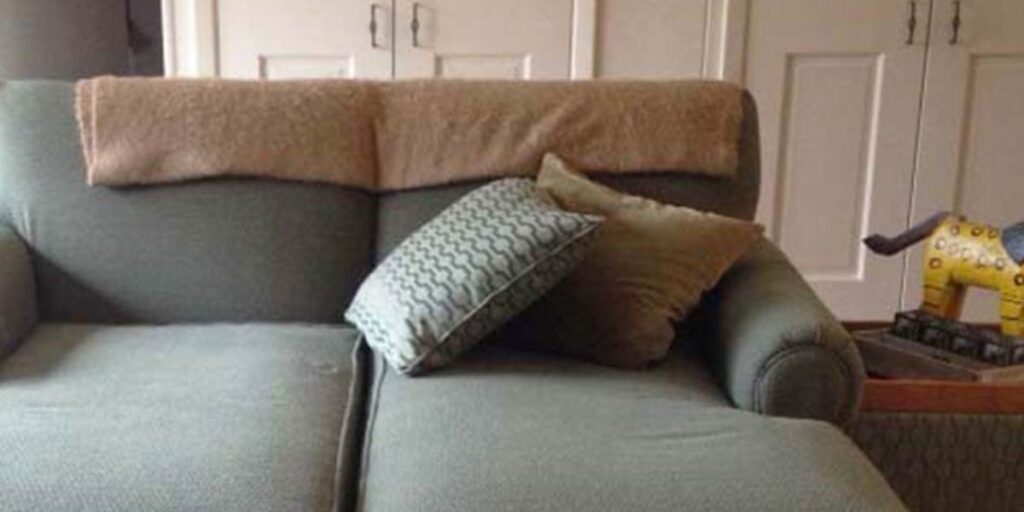
Selecting the right replacement cushions for behavioral healthcare facilities is a critical task that requires careful consideration of several factors to ensure patients' health, safety, and comfort. Here’s a detailed look at the essential criteria to consider:
Material Durability
The choice of material is paramount in cushion selection. Materials need to withstand frequent use and extensive cleaning protocols without deteriorating. High-density foams are often recommended because they retain their shape and firmness longer than softer foams, which is crucial for maintaining proper support over time.
Ease of Cleaning
Hygiene is a top priority in healthcare settings, making ease of cleaning a crucial factor. Materials that are water-resistant and can withstand harsh disinfectants without degrading are ideal. Vinyl, for instance, is a popular choice because it can be wiped down quickly and does not absorb liquids, which helps prevent the growth of mold, bacteria, and viruses. The global cleanroom technology in healthcare demand measure was esteemed at USD 3.6 billion in 2022 and is expected to increase at a CAGR of 5.58% from 2023 to 2030. The increasing need for sterile environments in healthcare settings drives this growth.
Compliance with Healthcare Regulations and Standards
Cushions must meet specific health and safety standards, including being fire retardant and free from harmful chemicals that could off-gas and degrade indoor air quality. Choosing certified cushions that comply with local or national standards ensures a safe environment for patients and staff.
Comfort and Support
While durability and hygiene are critical, comfort should not be compromised. The right cushion should provide adequate support to help prevent pressure sores and aid in the proper posture of patients. This is particularly important for patients who spend significant time seated or reclining. Memory foam or gel foam cushions are excellent for comfort as they conform to the body's contours and distribute weight evenly.
The market size was valued at USD 18.46 billion in 2021 and is projected to increase to USD 45.91 billion by 2029, displaying a CAGR of 12.2% during 2022-2029. Memory foam, a popular cushion choice due to its comfort, significantly contributes to this market.
Budget Considerations
Budget constraints are always a consideration, but focusing solely on upfront costs can be misleading. Investing in higher-quality cushions might be more cost-effective, as they last longer and need fewer replacements. Facilities should consider the total cost of ownership, which includes purchase price, lifespan, maintenance costs, and the potential costs associated with patient discomfort and additional healthcare needs.
Aesthetic Appeal
Finally, the aesthetic aspect of cushions can significantly impact the overall atmosphere of the facility. Color, texture, and design should align with the facility’s decor to create a calming and pleasant environment. Aesthetically pleasing environments can enhance patient mood and promote well-being, integral to the therapeutic process in behavioral healthcare settings.
By carefully considering these factors, healthcare facilities can make informed decisions that ensure their cushion choices are appropriate for both the physical requirements of the healthcare environment and the comfort and safety of the patients they serve.
Designing Safe and Therapeutic Cushions for Behavioral Health Facilities
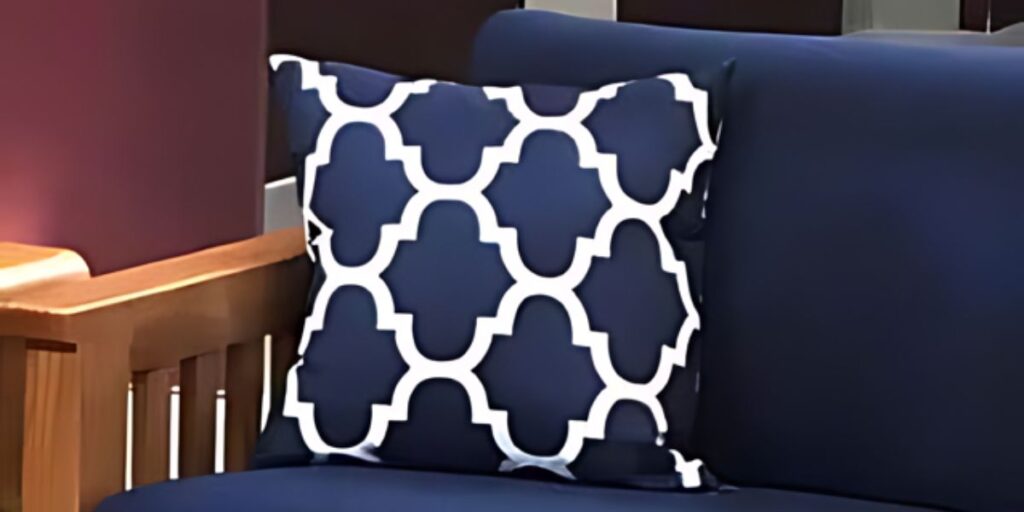
When designing cushions and other furniture elements for behavioral health facilities, it's crucial to prioritize safety and functionality while fostering a therapeutic environment. Design considerations extend beyond simple aesthetics, including elements influencing patients' physical safety and psychological well-being. Behavioral healthcare furniture design matters greatly in creating spaces that promote healing and comfort while ensuring the safety and well-being of patients and staff.
Safety Features: In a behavioral health setting, every furniture piece must be designed with safety in mind. This includes selecting cushions with tamper-proof features to prevent patients from accessing the inner materials, which could be harmful if misused. Additionally, the cushions should have no sharp edges or hard surfaces that could cause injury. Features like integrated straps or non-slip bases can help secure cushions to furniture, reducing the risk of slips or falls.
Material Selection: The materials used for cushions must be durable yet comfortable. They should withstand frequent cleaning and disinfection without degrading. Vinyl and Crypton are popular choices as they are resistant to tears, punctures, and fluids, making them easier to clean and maintain. These materials also help control the spread of infections, a paramount concern in healthcare environments.
Color and Pattern: Choosing colors and patterns can significantly impact patients' moods and behaviors. Soft, calming colors such as blues, greens, and earth tones often create a peaceful atmosphere that promotes relaxation and stress reduction. Conversely, bright colors might be used strategically to stimulate activity in communal areas where engagement is encouraged. It's also important to consider color psychology and how certain hues affect mood and mental state.
Ergonomics and Comfort: While aesthetics are important, the ergonomic design of cushions is crucial for patient comfort and well-being. Cushions should support proper posture and reduce physical strain, particularly for patients who may spend extended periods sitting or resting. Ergonomic designs can aid in the prevention of musculoskeletal disorders and enhance overall comfort, which is essential in environments where physical ease can significantly influence mental health.
Customization and Flexibility: Facilities might require customized solutions to meet specific needs, such as cushions of varying sizes or shapes to fit unique furniture designs or spaces. Providing options for customization allows facilities to address specific therapeutic needs and accommodate different body types and preferences.
Maintenance and Durability: Given the high usage of furniture in public and communal areas within healthcare facilities, all design elements must be easy to maintain and durable. Cushions should be designed to be easily removed for cleaning or replaced when worn out without requiring complete furniture replacement. This ensures ongoing compliance with hygiene standards and contributes to the facility's operational efficiency.
By integrating these design considerations, behavioral health facilities can create environments that are safe, functional, and conducive to healing and therapy. The thoughtful selection and design of cushions and other furnishing elements are instrumental in achieving these goals, ensuring that the physical environment supports the facility's therapeutic objectives.
Installation Process and Considerations
Proper installation of cushions in behavioral healthcare facilities is crucial not only for aesthetic alignment but also for ensuring safety and functionality. Here are vital considerations to keep in mind during the installation process:
Accurate Fit and Measurement: Before purchasing cushions, it's essential to take precise furniture measurements to ensure a perfect fit. Cushions that are too small or too large can shift quickly, potentially causing slips or falls. They can also lead to improper posture, harming patient comfort and health.
Secure Attachment: It is vital to ensure that cushions are securely attached to the furniture. This can be achieved through non-slip materials, ties, or even Velcro strips that help keep the cushions in place. Secure attachments are significant in high-traffic areas or spaces where patients have limited physical stability or control.
Compliance with Safety Standards: During installation, it’s essential to confirm that all materials and installation methods comply with local safety and fire regulations. This might involve using cushions that are flame-retardant or designed with materials that do not emit harmful chemicals.
Professional Installation: Depending on the complexity and scale of the furniture setup, it may be beneficial to employ experienced professional installers who meet healthcare facility requirements. This ensures that the installation is done efficiently and correctly, reducing the risk of errors that could affect the safety or comfort of the patients.
Post-Installation Inspection: A thorough inspection should ensure everything is securely in place and functioning as intended. Regular checks following the installation can help identify any adjustments needed to maintain safety and comfort.
By carefully considering these aspects of the cushion installation process, behavioral healthcare facilities can enhance the therapeutic environment while prioritizing safety and functionality.
Maintenance Tips to Extend Cushion Lifespan
Proper maintenance is critical to extending the lifespan of cushions in behavioral healthcare settings, ensuring they remain hygienic, functional, and visually appealing. Here are practical tips for keeping cushions in top condition:
Regular Cleaning: Establish a routine cleaning schedule that aligns with the healthcare facility’s standards. Use cleaning agents that are effective yet gentle enough to prevent damage to cushion materials. For most healthcare-grade fabrics, using non-abrasive cleaners that disinfect without leaving harmful residues is essential.
Spot Cleaning: Address spills and stains immediately to prevent them from setting in and becoming more challenging to remove. Using appropriate cleaning solutions for different types of stains—like food, ink, or bodily fluids—can prevent permanent discoloration and degradation of the fabric.
Inspection Routine: Regularly inspect cushions for signs of wear and tear, such as cracks, thinning, or stitching issues. Early detection of damage can prevent minor issues from becoming costly problems, as timely repairs or adjustments can be made before complete replacement is necessary.
Protective Measures: Consider using protective covers that are easy to remove and launder. This not only makes cleaning simpler but also adds an extra layer of protection against wear and tear, extending the life of the cushion itself.
Avoid Harsh Conditions: Keep cushions away from extreme conditions such as direct sunlight, high humidity, or extreme cold, which can accelerate aging and wear. Proper storage practices when not using cushions can also prevent unnecessary exposure to damaging conditions.
By following these maintenance tips, healthcare facilities can ensure that their cushions remain a durable, safe, and comfortable part of the therapeutic environment.
Partnering with Furniture Concepts for Your Healthcare Facility Needs

Furniture Concepts understands the specific requirements of behavioral healthcare facilities when furnishing communal and outdoor spaces. We specialize in providing high-quality, durable, and safe furniture that not only endures daily wear and tear but also enhances the therapeutic environment of your facility. Our range of replacement cushions are designed with patient comfort and safety in mind, ensuring that each piece meets the highest quality and functionality standards.
Our cushions are crafted from top-tier, easy-to-clean materials selected for their durability and hypoallergenic properties, which are ideal for sensitive environments. With Furniture Concepts, you can customize designs to fit your needs, from color and pattern to material and size, ensuring that every aspect of your furniture aligns with your facility's therapeutic goals.
Conclusion
Replacing old cushions in behavioral healthcare facilities is critical to maintaining an environment conducive to recovery and well-being. It's not merely about keeping up with furniture maintenance; it's about actively contributing to the therapeutic process by ensuring that all physical aspects of the facility promote comfort and safety. Facility managers are encouraged to review the state of their furnishings regularly and to consider updates as part of their ongoing commitment to providing the best possible care environment.
By prioritizing functional and aesthetic aspects of cushion replacements, facilities can enhance their therapeutic effectiveness and ultimately support better patient outcomes. Are you looking to refresh your facility's furniture? Contact us at Furniture Concepts to explore our comprehensive solutions that promise more than just comfort but a step towards enhanced recovery environments. Contact us today, and let us help you create a space that supports healing and comfort!



